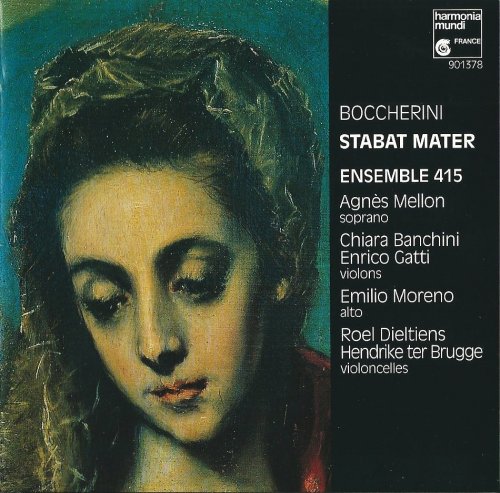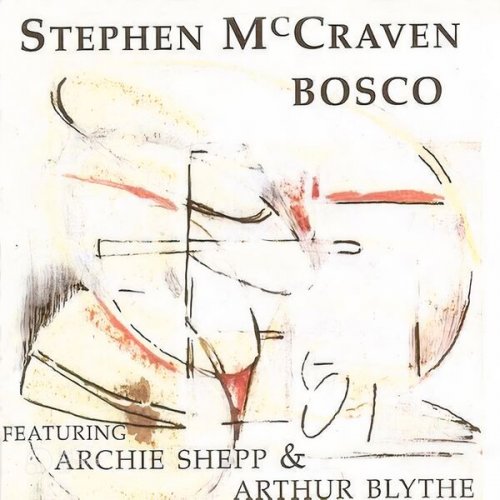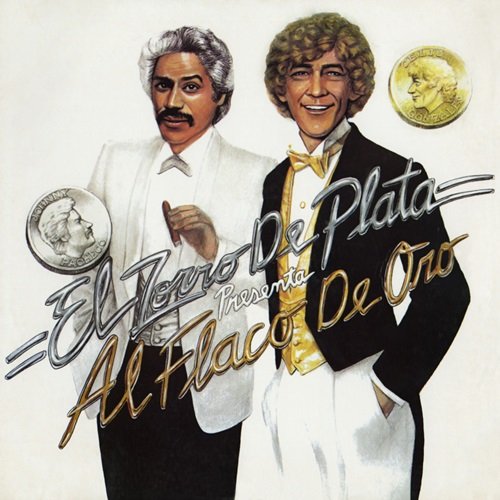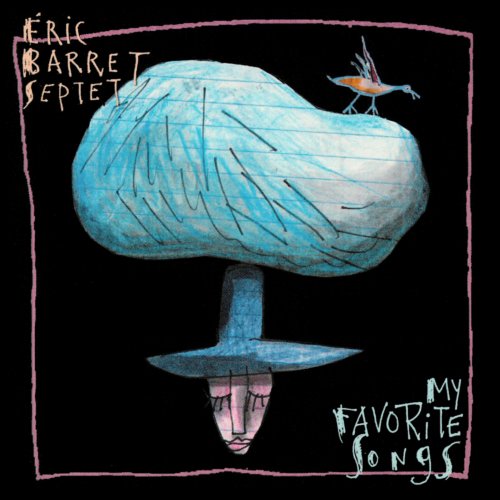Ensemble 415, Chiara Banchini & Agnes Mellon - Boccherini: Stabat Mater; Symphonies (1992/2001)

Artist: Ensemble 415, Chiara Banchini, Agnes Mellon
Title: Boccherini: Stabat Mater; Symphonies
Year Of Release: 1992 / 2001
Label: Harmonia Mundi
Genre: Classical
Quality: FLAC (image + .cue, log, artwork)
Total Time: 59:13 min
Total Size: 249 MB
WebSite: Album Preview
Tracklist:Title: Boccherini: Stabat Mater; Symphonies
Year Of Release: 1992 / 2001
Label: Harmonia Mundi
Genre: Classical
Quality: FLAC (image + .cue, log, artwork)
Total Time: 59:13 min
Total Size: 249 MB
WebSite: Album Preview
Stabat Mater, G.532 (1781)
01. Stabat Mater dolorosa: Grave assai
02. Cujus animam gementem: Allegro
03. Quae moerebat et dolebat: Allegretto con motto
04. Quis est homo: Adagio assai
05. Pro peccatis suae gentis: Allegretto
06. Eja mater, fons amoris: Larghetto non tanto
07. Tui nati vulnerati: Allegro vivo
08. Virgo virginum praeclara: Andantino
09. Fac ut portem Christi mortem: Larghetto
10. Fac me plagis vulnerari: Allegro commodo
11. Quando corpus morietur: Andante lento
Quintet in C minor, G.328 (1780)
12. I. Preludio: Adagio
13. II. Allegro vivo
14. III. Adagio
15. IV. Allegro ma non troppo
A quite exceptionally fine disc, which I firmly recommend to anyone with an interest in Boccherini.
Boccherini wrote two versions of his much admired Stabat mater. The original dates from 1781 and is for solo voice; then, 20 years later, he revised it, on a larger scale, using three voices, in order (he said) to avoid the monotony of the single voice and the fatigue to the singer, and also adding a symphony movement to it. This 1801 version was published during his lifetime and in several later editions and seems to have eclipsed the earlier one altogether (which survives only in the autograph manuscript). Yet on hearing this new recording of the original I feel that it conveys the message of the work much more potently than does the more elaborate later version. The fact that it is treated here as an intimate chamber work, with one player to a part, whereas in all others I have heard it is treated as orchestral music, the sources are ambiguous, though quite likely single strings were intended in both versions, is certainly a factor: it comes over much more as a personal expression of contemplation and grief.
This performance, in fact, is of a different order of sensitivity from any other (there are actually four available of the 1801 version). Agnes Mellon has a gentle coolness and a forwardness of tone not unlike Emma Kirkby's, though in certain numbers, for example the "Quae moerebat", where there are real chances to open up the voice in broad melodic spans, she shows a soprano of some amplitude. There is pathos in her singing of the "Quis est homo" and precise and refined detail in the cheerful "Pro peccatis", while in the "Virgo virginum" her floating of the melody, softly accompanied, with pizzicato basses, shows Boccherini at his most exquisitely touching. There is also a fine fugal "Fac me plagis" setting. But the essence of the work belongs in the F minor movements that begin and end it, sombre, deeply felt music of much sensibility. The string playing by Ensemble 415 catches its mood to perfection.
They do well, too, in the String Quintet that serves as a fill-up, a C minor work aptly paired with the Slabat. It starts with a dark-toned Adagio, an extended fugal movement, which (characteristically for Boccherini) recurs after the Allegro, a sturdy yet in a way playful C major piece; lastly there is a C minor Allegro, still quite sombre and pensive. Altogether an unusual work, in a vein not altogether typical of Boccherini's melancholy side and in a way more uncompromising. It makes up a quite exceptionally fine disc, which I firmly recommend to anyone with an interest in Boccherini. -- Gramophone, (September, 1992)
Boccherini wrote two versions of his much admired Stabat mater. The original dates from 1781 and is for solo voice; then, 20 years later, he revised it, on a larger scale, using three voices, in order (he said) to avoid the monotony of the single voice and the fatigue to the singer, and also adding a symphony movement to it. This 1801 version was published during his lifetime and in several later editions and seems to have eclipsed the earlier one altogether (which survives only in the autograph manuscript). Yet on hearing this new recording of the original I feel that it conveys the message of the work much more potently than does the more elaborate later version. The fact that it is treated here as an intimate chamber work, with one player to a part, whereas in all others I have heard it is treated as orchestral music, the sources are ambiguous, though quite likely single strings were intended in both versions, is certainly a factor: it comes over much more as a personal expression of contemplation and grief.
This performance, in fact, is of a different order of sensitivity from any other (there are actually four available of the 1801 version). Agnes Mellon has a gentle coolness and a forwardness of tone not unlike Emma Kirkby's, though in certain numbers, for example the "Quae moerebat", where there are real chances to open up the voice in broad melodic spans, she shows a soprano of some amplitude. There is pathos in her singing of the "Quis est homo" and precise and refined detail in the cheerful "Pro peccatis", while in the "Virgo virginum" her floating of the melody, softly accompanied, with pizzicato basses, shows Boccherini at his most exquisitely touching. There is also a fine fugal "Fac me plagis" setting. But the essence of the work belongs in the F minor movements that begin and end it, sombre, deeply felt music of much sensibility. The string playing by Ensemble 415 catches its mood to perfection.
They do well, too, in the String Quintet that serves as a fill-up, a C minor work aptly paired with the Slabat. It starts with a dark-toned Adagio, an extended fugal movement, which (characteristically for Boccherini) recurs after the Allegro, a sturdy yet in a way playful C major piece; lastly there is a C minor Allegro, still quite sombre and pensive. Altogether an unusual work, in a vein not altogether typical of Boccherini's melancholy side and in a way more uncompromising. It makes up a quite exceptionally fine disc, which I firmly recommend to anyone with an interest in Boccherini. -- Gramophone, (September, 1992)
![Jamaican Jazz Orchestra - Rain Walk (2019) [Hi-Res] Jamaican Jazz Orchestra - Rain Walk (2019) [Hi-Res]](https://img.israbox.com/img/2025-12/21/snzv0mdiaf2dg21tiqrm87jaq.jpg)




![Nipper Swing Band - Swing Christmas (The Definitive Holiday Hits) (2025) [Hi-Res] Nipper Swing Band - Swing Christmas (The Definitive Holiday Hits) (2025) [Hi-Res]](https://www.dibpic.com/uploads/posts/2025-12/1766293487_orppuisls66jc_600.jpg)

![Grises - Eveil (2025) [Hi-Res] Grises - Eveil (2025) [Hi-Res]](https://www.dibpic.com/uploads/posts/2025-12/1766127968_cover.jpg)
